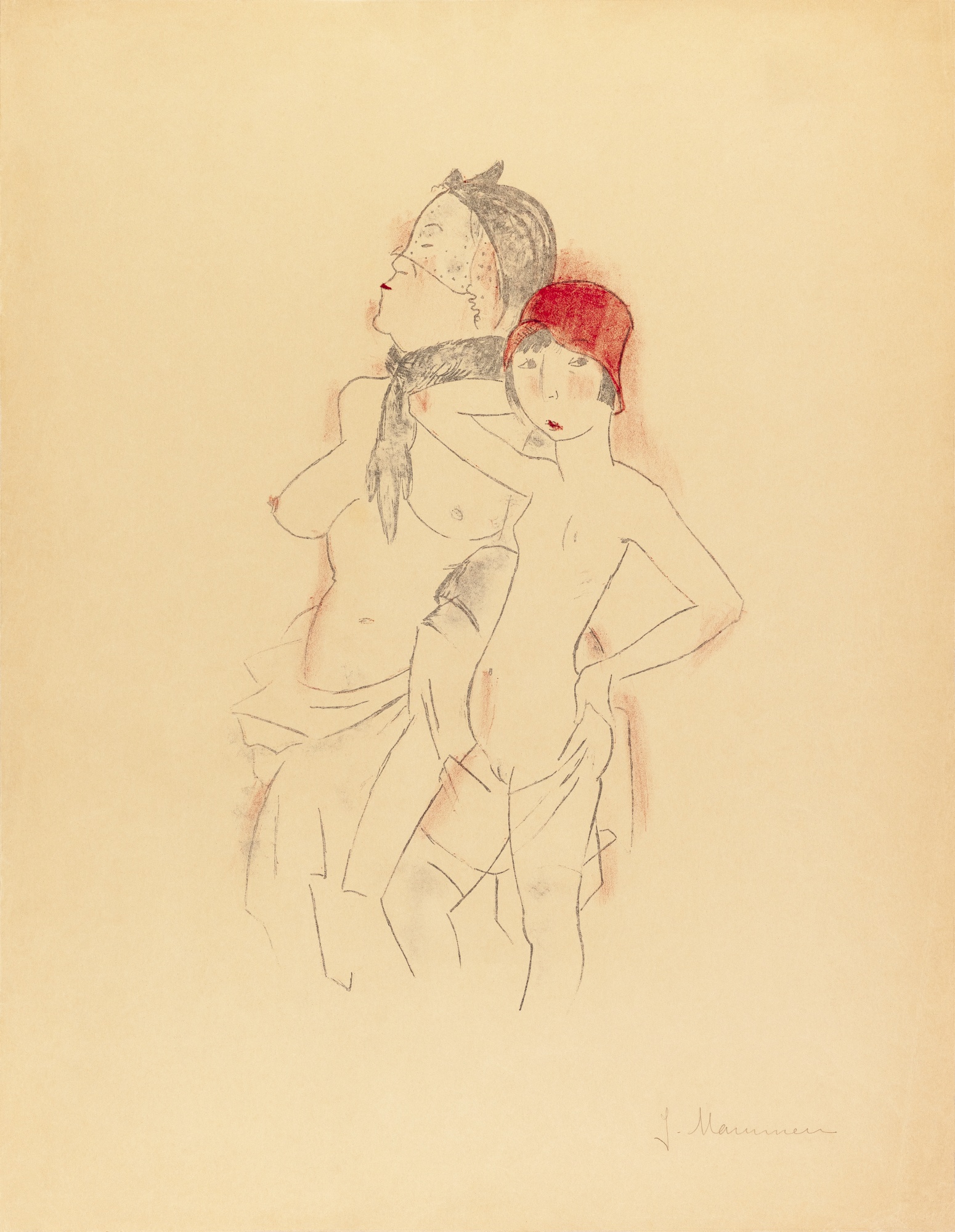

Jeanne Mammen (1890-1976)-
A Life Dedicated to Art
Lecture by Dr. Martina Weinland, Berlin
June 2, 2021 @ 12:00 pm - 1:00 pm
| FreeLecture by
Dr. Martina Weinland
Commissioner for Cultural Heritage at the Museum of the City of Berlin in Berlin (Germany)
Followed by Q&A moderated by
Rachel Stern
Director and CEO, Fritz Ascher Society in New York
The Berlin artist Jeanne Mammen (1890-1976) is best known for her depictions of strong, sensual women and Berlin city life. But there is much more to her 70 years of artistic output, with unique sketches, paintings and sculptures. In 1975, she tells the art historian Hans Kinkel, who conducts the only interview she will ever give: “You must always write that my pictures were created between 1890 and 1975. …I have always wanted to be just a pair of eyes, walking through the world unseen, only to see others. Unfortunately one was seen.”
With the beginning of the Nazi era in 1933, many of her clients had to leave Germany. Jeanne Mammen went into inner exile and created her works in secret for the next 12 years. Her artwork shows her critical view of the circumstances in which she has to live.
After 1945, she took to collecting wires, string, and other materials from the streets of bombed-out Berlin to create reliefs. In the late 1940s she began designing sets for the Die Badewanne cabaret. She created abstract collages from various materials, including candy wrappers. In the 1950s she adopted a new style, combining thick layers of oil paint with a few fine marks on the surface.
Her studio on Kurfürstendamm 29, which she occupied from 1920 until the end of her life, is almost unchanged and allows us to come very close to this artist and her work.

Jeanne Mammen, Two Girls from the Bilitis-Cycle, ca. 1930-1932.
Color lithograph on paper, 55 x 42 cm. Museum of the City of Berlin SM 2019-00454 © VG Bild-Kunst, Bonn

Jeanne Mammen, Double Eye, 1945-1949. Plaster, 34 x 20 x 4,5 cm
Museum of the City of Berlin SM 2018-01087 © VG Bild-Kunst, Bonn, Photo Matthias Viertel, Berlin
Dr. Martina Weinland is the Commissioner for Cultural Heritage at the Museum of the City of Berlin in Berlin (Germany). She is a Berlin art historian, who is responsible for nine dependent artist foundations at the museum, including Fritz Ascher and Jeanne Mammen. She has been a research assistant at the Stadtmuseum Berlin since 1992. So far she has published numerous books on the urban history of Berlin, including a monograph on the Märkisches Museum and the water bridges in Berlin. She also curated several exhibitions, including the 2016 exhibition “Berlin – City of Women.”
Museum of the City of Berlin, Berlin (Germany) SM 2018-09193 © VG Bild-Kunst, Bonn


